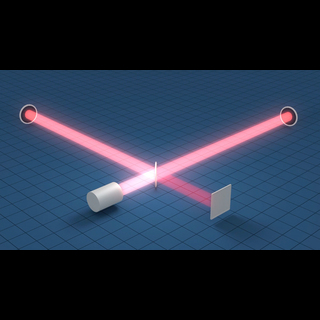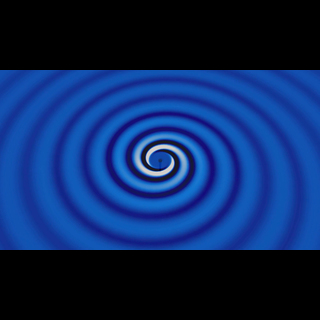
Gravitational Waves, As Einstein Predicted
Image Credit: Caltech/MIT/LIGO Lab
These plots show the signals of gravitational waves detected by the twin LIGO observatories at Livingston, Louisiana, and Hanford, Washington. The signals came from two merging black holes, each about 30 times the mass of our sun, lying 1.3 billion light-years away.
The top two plots show data received at Livingston and Hanford, along with the predicted shapes for the waveform. These predicted waveforms show what two merging black holes should look like according to the equations of Albert Einstein's general theory of relativity, along with the instrument's ever-present noise. Time is plotted on the X-axis and strain on the Y-axis. Strain represents the fractional amount by which distances are distorted.
As the plots reveal, the LIGO data very closely match Einstein's predictions.
The final plot compares data from both detectors. The Hanford data have been inverted for comparison, due to the differences in orientation of the detectors at the two sites. The data were also shifted to correct for the travel time of the gravitational-wave signals between Livingston and Hanford (the signal first reached Livingston, and then, traveling at the speed of light, reached Hanford seven thousandths of a second later). As the plot demonstrates, both detectors witnessed the same event, confirming the detection.
- JPG
- 150x150 (30.1 KB)
- 240x300 (35 KB)
- 480x600 (79.5 KB)
- 720x900 (129 KB)
- 1200x1500 (250 KB)
- 2400x3000 (644 KB)
- TIF
- Date
- February 11, 2016
- Location
- LIGO Lab
- ID
- ligo20160211a
- Type
- Chart
- Credit
- Caltech/MIT/LIGO Lab






















